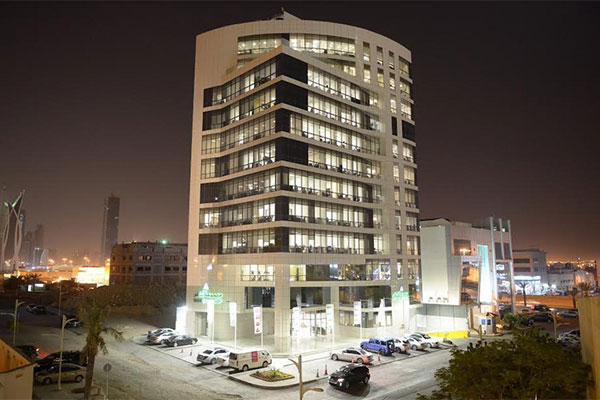
Shaker Group, a leader in the air-conditioners market in Saudi Arabia, said its inventory dropped to SR598 million ($159 million) in the second quarter (Q2) of the year, a 19.6 per cent year-on-year drop due to its efficiency programme.
The reduction was driven by a conservative approach to re-ordering and the liquidation of selected items. In addition, trade receivables decreased to SR559 million, a 27.4 per cent drop compared to Q2 2017, which was primarily due to a greater emphasis on collection before further sales.
The company has also rationalised employee costs, reducing the total to SR31 million for Q2 2018, as compared to SR38 million in Q2 2017. The company’s debt position has improved on a year-on-year basis, with total loans for Q2 2018 reducing to SR717 million, from SR830 million in Q2 2017 – a decrease of 13.6 per cent.
Azzam Saud Almudaiheem, chief executive officer at Shaker Group, commented: “Over the last year, we have focused on improving efficiency in all aspects of Shaker Group’s operations. This quarter, we have reported lower expenses, which have been driven mainly by reduced employee costs and lower rental payments.
“Such reductions are the result of headcount optimisation measures and rationalisation of our outlet footprint, in line with the company’s ongoing efficiency programme. We are pleased to see that our strategy is already proving to be effective, and we are continuing to work on initiatives that will increase efficiency and drive sales. In a challenging market environment, we remain focused on improving our margins by operating more efficiently as a business.”
The group has implemented various supply chain initiatives to transform fixed costs of rent and manpower into variable costs, reduce inventory levels by reducing safety stock, and improve freight consolidation opportunities.
The company is also implementing Sales and Operation Planning (S&OP), to drive collaboration, focus and alignment across divisions and departments. Typical S&OP results could include a 50-70 per cent reduction in planning cycle time, a 15-30 per cent improvement in forecast accuracy, a 10-20 per cent reduction in excess inventory and a 25 per cent reduction in stock non-availability situations. In line with this plan, the group has successfully reduced its warehouses from 21 in 2016, to 13 in 2017, and 4 in 2018. – TradeArabia News Service





















_0001.jpg)


.jpg)
















.jpg)








.jpg)


